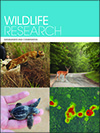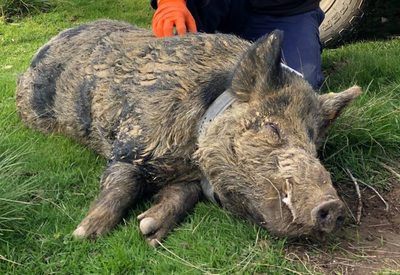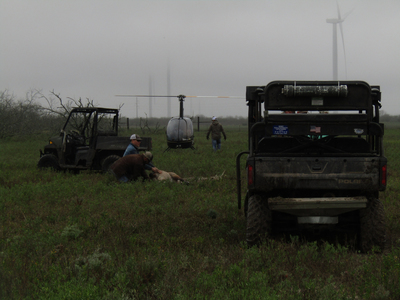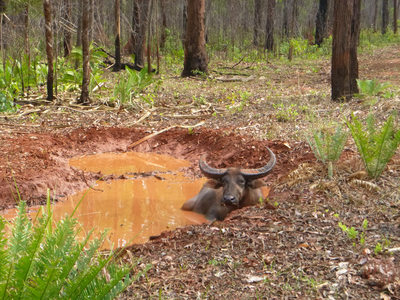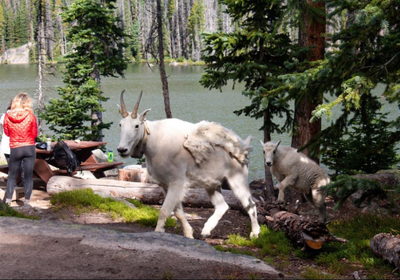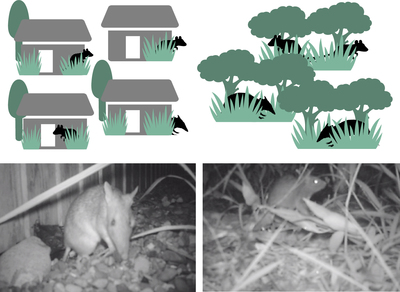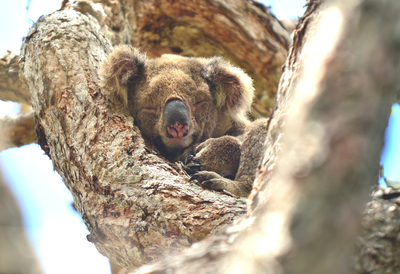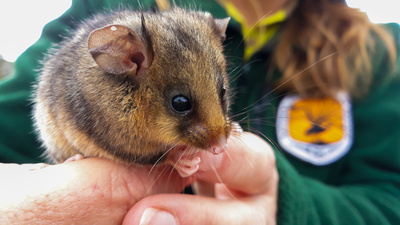WR22116Do we need to mine social media data to detect exotic vertebrate-pest introductions?
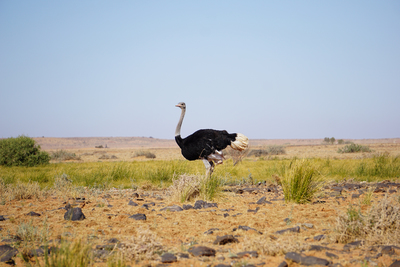
We explored whether data mining of social media via image recognition and/or natural language processing could improve on the surveillance provided by citizens for the detection of invasive alien species. We found that for most alien vertebrate groups, the existing voluntary reporting mechanism appears to be already reasonably effective. We argue that mining citizens social media data for evidence of invasive alien species needs to demonstrate not only that it will be an improvement on the business as usual case, but also that gains achieved cannot be achieved by alternative approaches. Photograph by Peter Caley.
WR22116 Abstract | WR22116 Full Text | WR22116PDF (876 KB) Open Access Article


